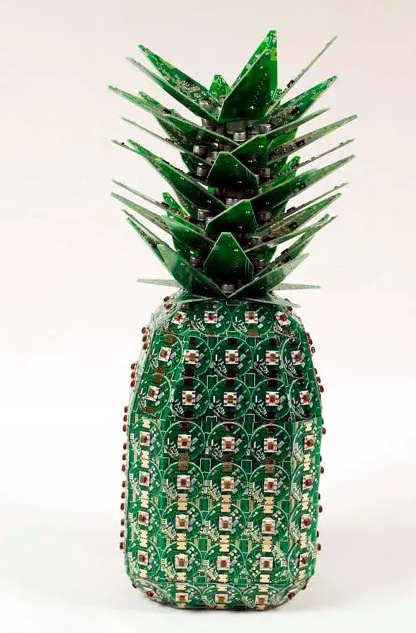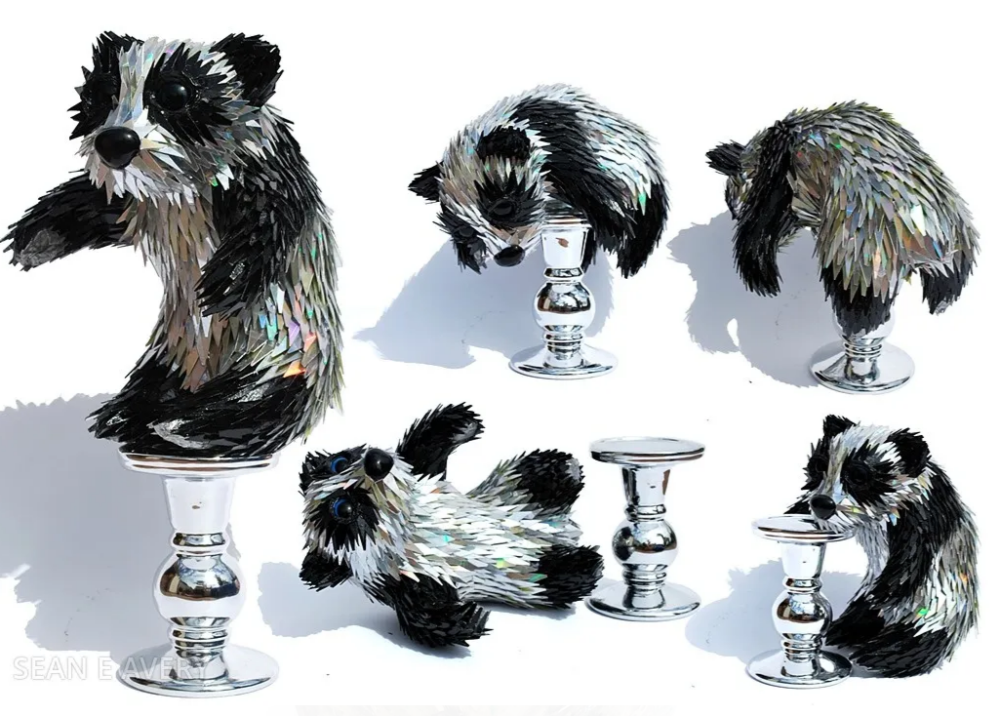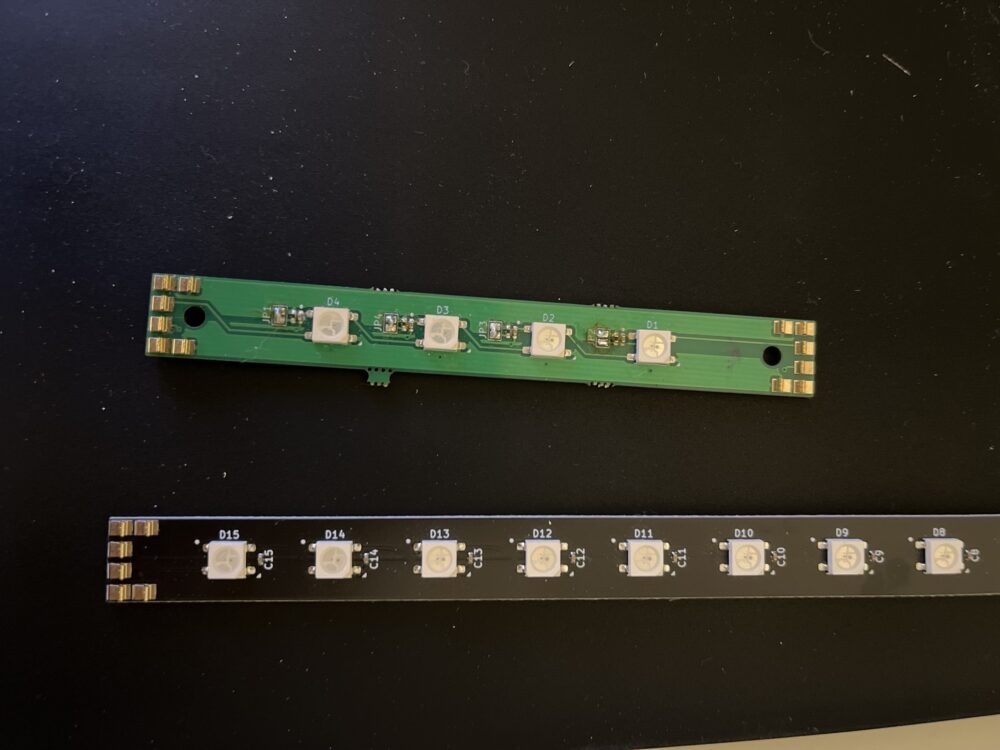For my upcoming project, I’ve decided to dive into the world of industrial-themed sculpture. This decision was heavily inspired by Peter Arnold’s insightful blog post where he describes the Industrialism Aesthetic as, “The Industrialism Aesthetic is one primarily characterized by the use of unfinished materials, exposed structures, neutral color palettes, openness, functional-minimalism, and urban decay.” [1]. That description really resonated with me and has become the blueprint for what I’m hoping to achieve.

The materials I’m planning to use come from a pile of electronic waste left over from a previous project. This pile includes a bunch of mini RGB LED strips and a variety of connectors. The thing is, these connectors are knock-offs, and the LED strips have just been sitting in my drawer, taking up space without really being useful. The reason I haven’t just thrown them out is that they’re still in working condition. It feels wasteful to discard something that isn’t broken, especially when there might be a creative way to repurpose them.

Given that I have multiple copies of these components, my goal is to assemble a sculpture that emphasizes repetitive patterns and uniformity. I’m envisioning a piece that not only adheres to the industrial aesthetic but also challenges the notion of what can be considered ‘art materials’. This project is as much about recycling and reusing as it is about artistic expression. By turning these unused, identical electronic parts into a cohesive sculpture, I’m hoping to transform what was once considered waste into something visually compelling and thought-provoking.

These are the LED strips I have, hopefully, I can assemble something like the previous 2 pictures.
This project represents an opportunity to experiment with the concepts of repetition and pattern in sculpture, using materials that are traditionally not associated with art. It’s a chance to explore how industrial elements can be repurposed to create something beautiful and meaningful, reflecting the principles of functional minimalism and urban decay outlined in the industrial aesthetic. Through this sculpture, I aim to highlight the potential for artistic reinvention in everyday objects, encouraging a deeper appreciation for the beauty that can be found in the most unexpected places.
ChatGPT was used to assist in writing this post.
[1] Peter Arnold https://www.aesdes.org/2024/01/23/aesthetics-exploration-industrialism/
5 Comments. Leave new
Diviashop simplifies business setup for non-USA/UK residents by offering legal USA LLC or UK LTD formation, business bank accounts, and seamless payment gateway integration. A complete solution to start and grow your global business remotely!
https://anotepad.com/notes/8ps3ap48
Hi Kyle. I think this is a great idea for an upcycling project. I too have a large bag filled with old electronics that still work but are leftover from other projects. What is your plan for connecting these together? I would imagine hot glue could work well, provided you can hide it in your design.
Not sure yet. Hot glue would definitely be easy and simple! Definitely need to hide it so it doesn’t look like a freshman project.
Your approach to transforming electronic waste into a sculpture following the industrial aesthetic is pretty innovative! Do you see any challenges that might come up from these unconventional materials?
My main concern is that I am taking hazardous waste and keeping it around instead of getting rid of it.